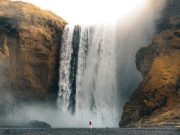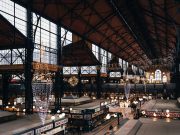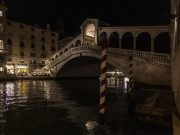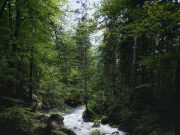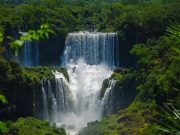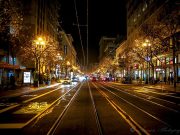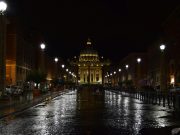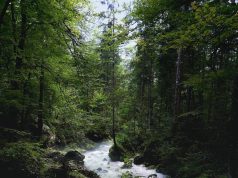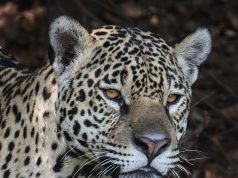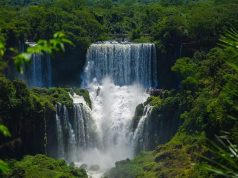
One of Peru’s oldest ruins, Chavín de Huántar was center of Chavín religious life (1000BC-200BC). The temple’s passageways have already been buried by landslides to create an underground labyrinth of narrow tunnels. In their center can be a sculpture from the supreme feline deity referred to as a Lanzón.
Many anthropomorphic carvings discovered at the positioning have become on show inside the Ancash Archeological Museum in Huaraz (Avenida Luzuriaga #762), but you’ll still find whimsical heads around the temple walls.
You can reach Chavín de Huántar by bus from Huaraz, or explore the Cordillera Blanca within a three-day hike from Olleros that follows a pre-Inca stone road beneath glacier-covered peaks through several traditional villages. (Galaxia Expeditions is highly recommended.)
Huaca en Luna and Chan Chan (Trujillo)
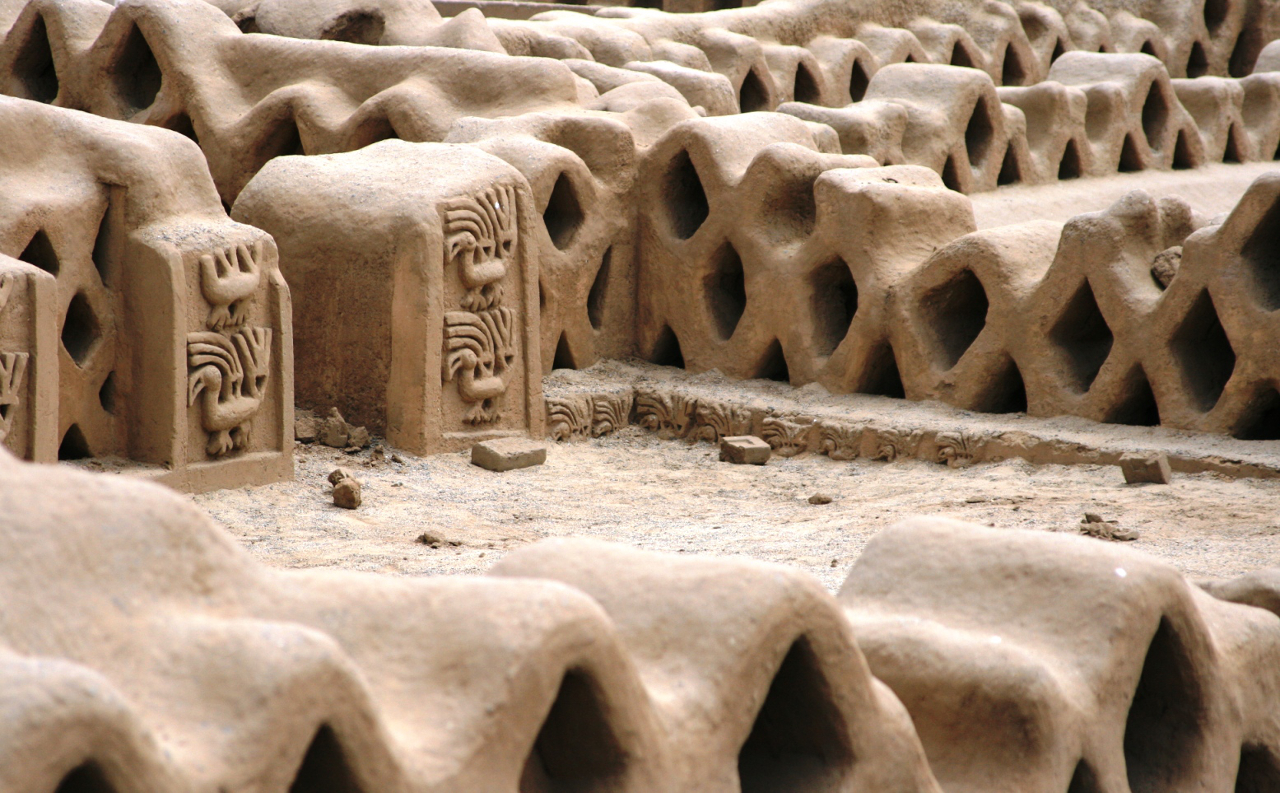
Chan Chan ruins. Photo: Carlos Adampol Galindo
In Trujillo, the Moche culture (50AD-800AD) built the Huacas de la Luna y del Sol (Temples of the Moon and Sun) because their religious and administrative centers. Precisely the Huaca de la Luna is open for tours.
The ceremonial plaza into the adobe pyramid was filled in and rebuilt every few generations, and archeologists have uncovered three earlier layers, each with colorfully painted warriors, spiders, snakes, and differing interpretations in the Moche’s octopus-inspired destroyer god.
The Chimú culture (1100AD-1450AD) built Chan Chan a number of kilometers in the coast. The walls of your world’s largest adobe city are already melted via the rains of periodic El Niño storms, and just what was in the past the place to find 30,000 people is actually very voluminous crumbling hills cut through using a major road.
Several within the buildings are preserved because of the drifting sands, including the palace of Nik An as well as its intricate adobe carvings: fish, nets, and pelicans that illustrate the Chimú attachment to the sea.
Cumbe Mayo (Cajamarca)
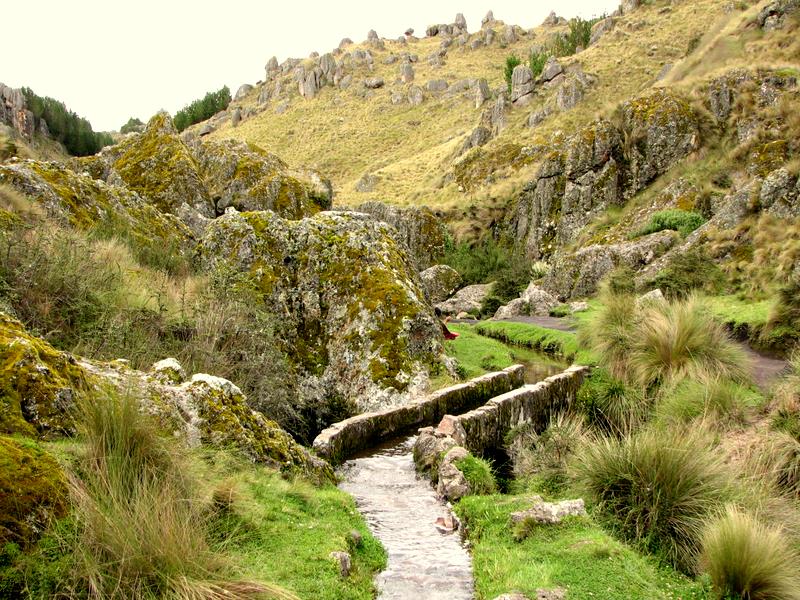
In the Andes, the Cajamarca culture (200AD-800AD) built networks of stone roads through the entire mountains, plus the extensive system of aqueducts referred to as Cumbe Mayo (“Thin Rivers” in Quechua).
The porous volcanic rock within the mountains stored water during the rainy season and distributed it inside the dry season, so water flowed year-round from the channels that were cut nearly 8 kilometers down to the valley. They vary wide and make the most of 90-degree zigzags to manage the force of the current and prevent erosion.
Surrounding Cumbe Mayo would be the stone forest “Los Frailones,” so named because stones — some over 20 meters tall — happen to be eroded and fractured by wind and rain to consider forms resembling hooded monks (frailes).
To arrive here, require a day tour from Cajamarca, or embark on a weekend hike and camp in the stars where the ancient Cajamarca people worshipped the pool that gave them life (VIP Tours is advisable).
Laguna de los Condores (Leymebamba)
From Cajamarca, take the unpaved 253km road that winds over steep Andean passes, carving across dry desert cliffs heading into the cloud forests this were once the homeland of your Chachapoyas people (800AD-1450AD).
Most buses from Cajamarca only go in terms of Celendín, so best to book on a Movil Tours Chachapoyas-bound bus to Leymebamba.
In 1996 several farmers discovered a row of stone mausoleums high on a cliff throughout the Laguna de los Condores, craigs list 200 mummies entombed inside.
Today the mummies may be seen in the Museo Leymebamba, but travelers can take a three-day hike in the cloud forest to travel to the mausoleums as well as the nearby ancient settlement of Llaqtacocha. Ask for the museum for being of a local guide, or book a tour from Chachapoyas.
Kuelap (Chachapoyas)

Chachapoyas is a sleepy capital within the Amazonas region and also the best base for going through the ruins on the Chachapoyas culture. The most well-liked is Kuelap, a medieval fortress built using a crag to ensure its towering 20-meter limestone walls seem a part of the cliff face.
Though almost all the houses were demolished with the Spanish inside the 16th century, over 400 on the characteristic circular foundation platforms remain, decorated with bromeliads and orchids.
Visit the site using a guided excursion, or please take a 4-day trek that follows anciently paved roads throughout the cloud forest to Kuelap together with other ruins, for example the sarcophagi of Karajia along with the settlement of Gran Vilaya. (Turismo Explorers is advisable.)
Sipán, Túcume, and Batan Grande (Chiclayo)
Chiclayo was the location of the Moche (50AD-800AD), Sicán (700AD-1370AD), and Chimú (1100AD-1450AD) cultures, who left massive adobe pyramids and tombs filled up with ceramics, precious stones, and gold artifacts.
Though many of the sites are actually looted over the years, findings such as the tomb with the Lord of Sipán reveal the customs of these ancient civilizations. Likewise, the nearby Túcume and Batan Grande pyramids have already been devastated by El Niño rains, but excavations continue to yield new information.
These crumbling adobe ruins start to blur together, nonetheless the area’s many museums, such as the Sicán National Museum, the Bruning National Archaeological Museum, along with the Royal Tombs of Sipán Museum, assist you to sort them out.







